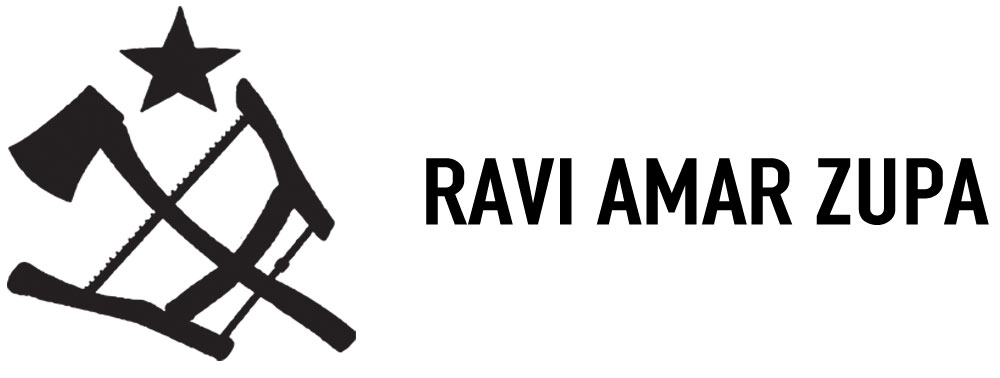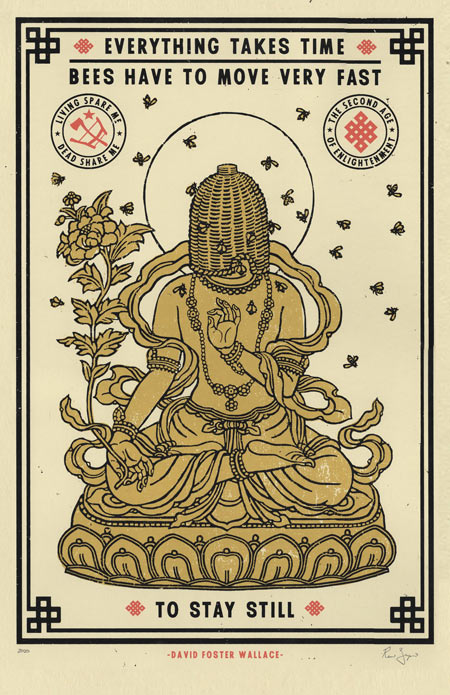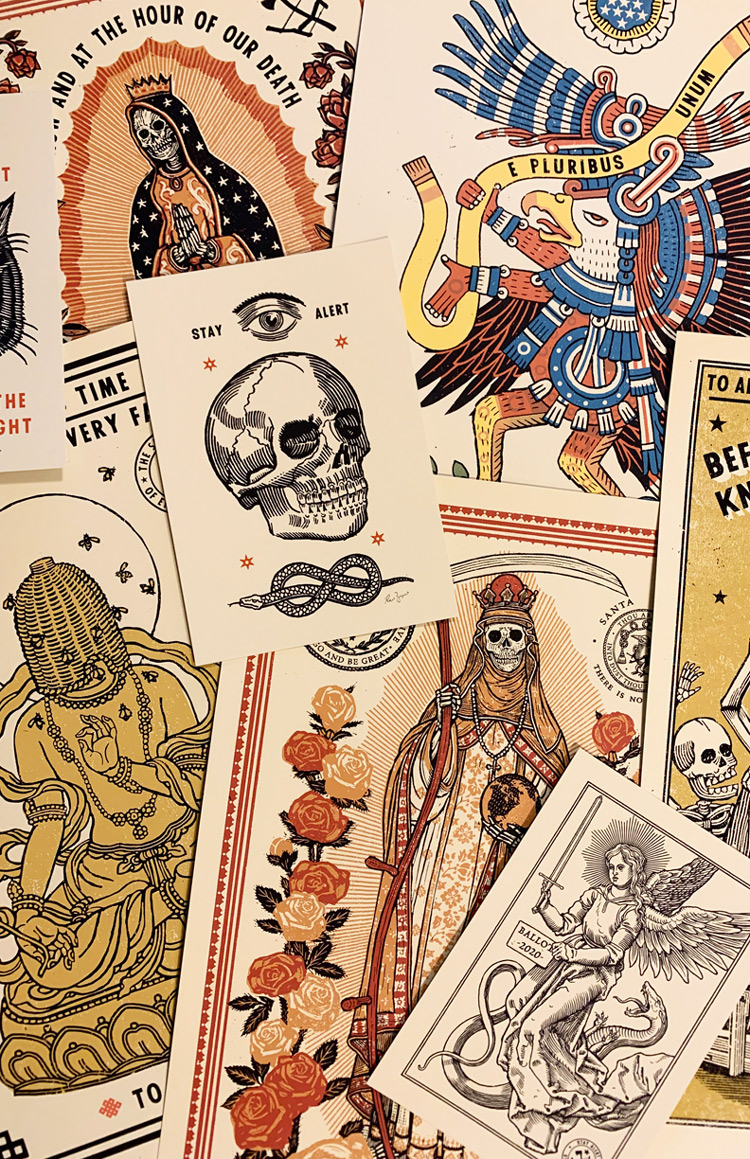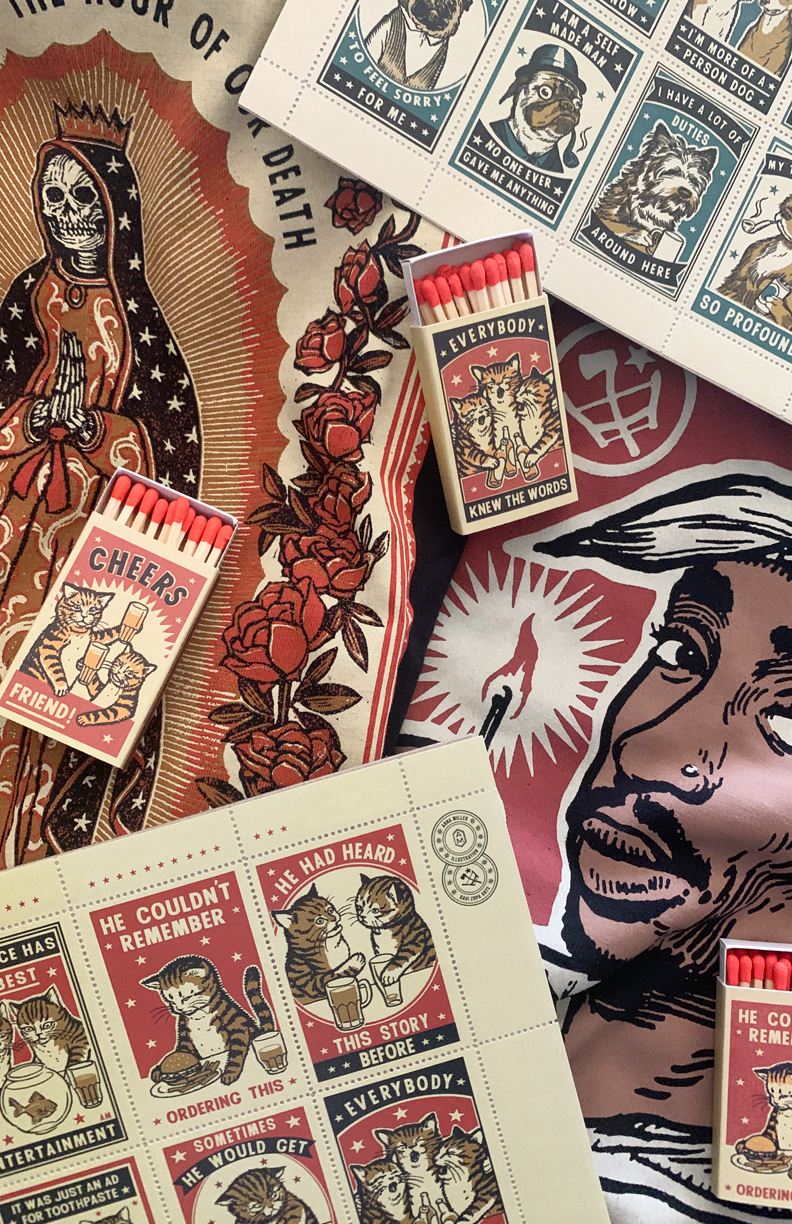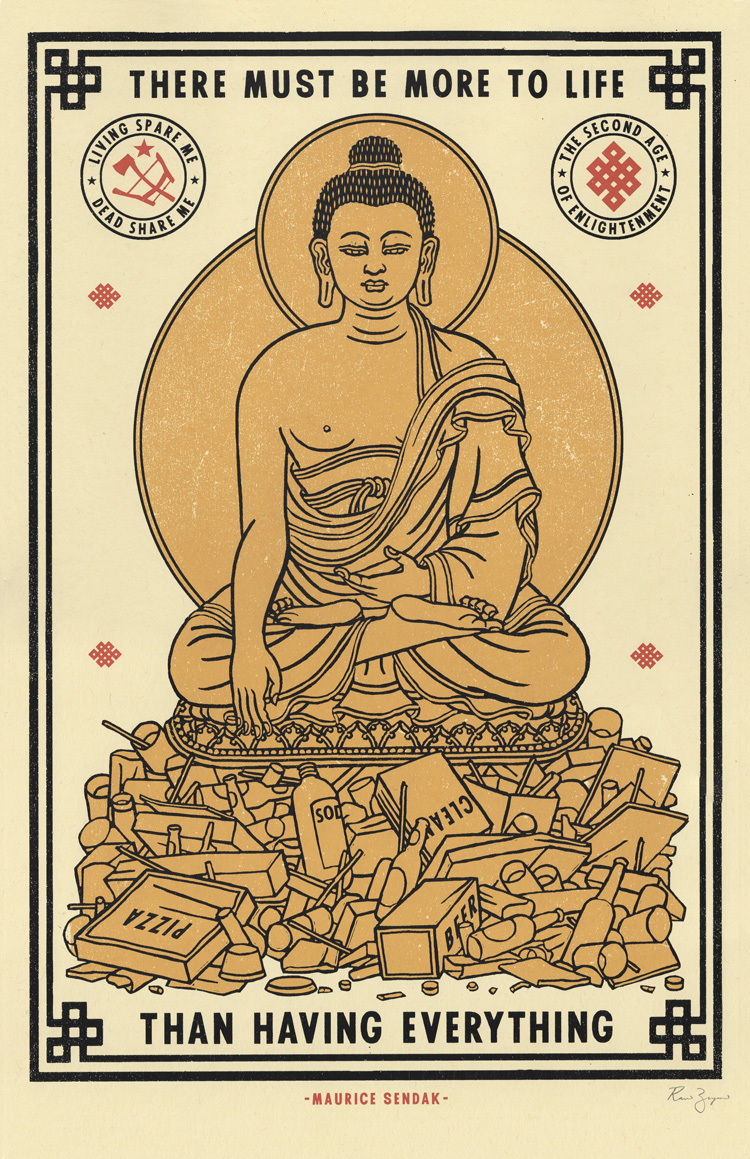
More to Life
11 X 17 Inches
3-color Screen Print
Signed
Created in 2021
$30
The words for this piece come from the great Maurice Sendak. Like most kids, I always liked “Where the Wild Things Are” and his other books. I drew for hours every day so I was most interested in the art but when I grew older I saw what a remarkable writer he was too.
I didn’t know anything about him and I always just assumed that any picture book authors were probably friendly, perhaps sentimental, nice people. It wasn’t until 2003 that I heard one of his NPR interviews. That’s when I discovered what a powerful, honest, unsentimental mind he was. NPR still has all of those interviews available and I strongly recommend them if you are the type who enjoys podcasts. They touch on his frustration with parents and teachers, and how he viewed himself as a protector and advocate of children, his atheism, his chronic childhood illnesses, his family and the holocaust, a death he was partly responsible for as a very young child, his devastation at discovering his own homosexuality and having to effectively come out to himself and so on.
These are the most beautiful people in the world. Those who know what a horror it is to be alive and still face the world with genuine joy and optimism. I listened to all of those interviews again in the last year and they are extremely special. The final interview is the crescendo of a remarkable mind looking directly into imminent death and bursting with love for all of us. Click here to hear those interviews.
A koan is a sort of zen thought experiment. One that acts as a vehicle to pass the limitations of thought. They are small objects of language that trip up our logic and offer a momentary transcendence. The one that most Americans are familiar with is, “What is the sound of one hand [clapping]?” Many Koans were created by specific zen masters and recorded by their schools and there is a sort of academia around them but the nature of the koan can be found in languages and cultures throughout time and geography, often in the form of poetry or enigmatic idioms or jokes.
These “Bodhisttva” prints pair buddhist imagery with bits of language, penned by writers that I love, that offer this kind of koan magic.
See more…
